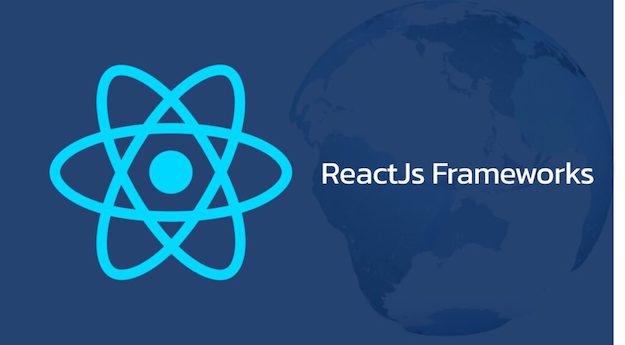Whenever you start a project with ReactJS for software development you always get numerous react.js frameworks options. However, it is important to choose the right React.js development framework. The right framework ensures your software will be functional, scalable, and maintainable.
But how would you be able to know which React.js framework is right for you or which you need to choose? So, all you need to do is read this blog.
As I will discuss all react.js frameworks here. These frameworks are carefully chosen for their ability to simplify development processes, increase productivity, and empower developers with more features and tools. Whether you’re an experienced developer or just getting into the world of React.js, this curated list will act as your compass, best suited to your needs. It will guide you to the plan.
So keep reading!
What is React.JS Development?
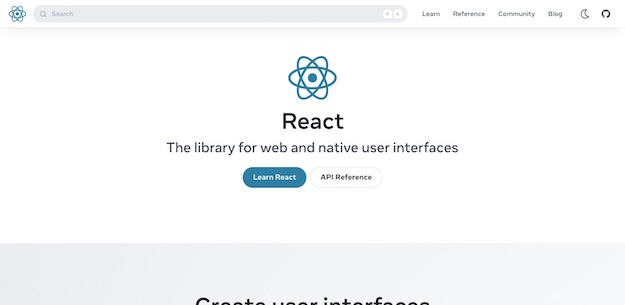
React.JS Development is a process to build web applications using React. React is a popular JavaScript library developed by Facebook. React allows developers to create user interfaces (UIs) that are efficient, dynamic, and easy to maintain. It uses a structure-based architecture, where UIs are broken into reusable chunks called components. These elements carry their own logic and are easily combined to build complex UIs. Additionally, this process can be completed with the help of React.js Development Services provider company.
React uses the virtual DOM to update the UI by simply rendering changed objects. It results in faster performance. It also supports server-side render, which makes it suitable for developing both server-side and client-side applications.
With its declarative syntax and rich ecosystem of tools and libraries. React simplifies the process of developing responsive and interactive web applications. Many developers use it to create user interfaces for websites. web applications and mobile applications.
React Bootstrap
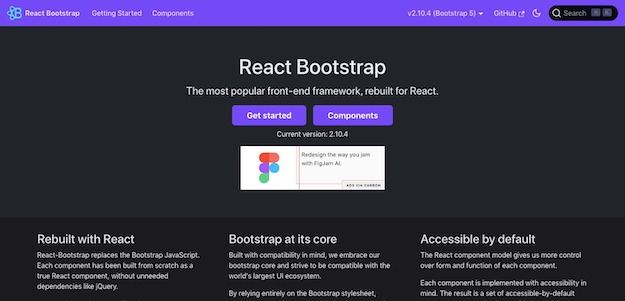
React bootstrap is the best React.JS Development framework. It is a powerful framework for building visually appealing and responsive web applications. An extensive Bootstrap library of UI components and styling options makes development easier. Additionally, it allows you to focus on crafting and engaging users with more good experience.
Furthermore, React Bootstrap provides a variety of pre-built elements like navigation bars, buttons, forms and modals, all combined seamlessly with React component-based architecture. This speeds up development but stability in your application. It also ensures scalability. An active community supports React Bootstrap. It allows you to make frequent changes, documentation, and features to ensure a smooth development workflow.
Don’t Miss-
Reactjs Vs React Native : What’s the Difference? Which One is Better?
Next.JS
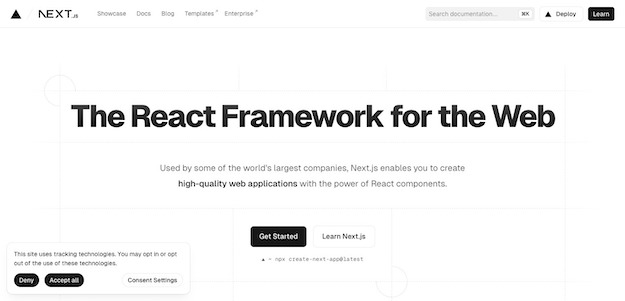
Next.js is a best React.js framework that simplifies the development of server-side rendered (SSR) and static web applications. With its intuitive API and built-in features like automatic hot module replacement, code splitting, and server-side rendering, etc.
It enables developers to create high-performative web experiences effortlessly. Its hybrid approach allows you to seamlessly switch between SSR and client-side rendering based on your application’s needs.
It offers unparalleled flexibility and optimization. Next.js also provides out-of-the-box support for TypeScript, CSS-in-JS, and API routes. These features help you to leverage modern development practices without any additional setup. Moreover, its documentation and active community support ensure that you have access to resources and assistance whenever you need it.
React Native
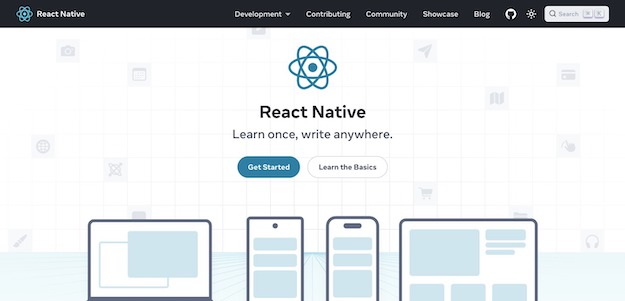
React Native is another best React.JS framework. With its unparalleled ability to create robust, high-performance mobile applications using JavaScript, it emerges as the best framework. The use of a codebase allows developers to deliver apps operate effortlessly on iOS and Android platforms. For that they do not need to compromise quality.
Additionally, you can also save the user experience or time and resources. Furthermore, it helps you to create amazing, native-looking applications with ease If you don’t just build apps.
PReact
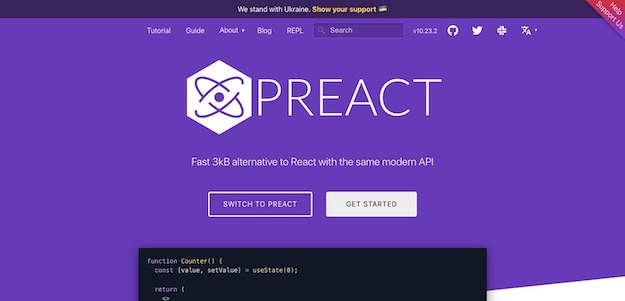
A small replacement for React, PReact redefines simplicity and efficiency in web development. By providing a truncated version of the React library, PReact streamlines the development process without sacrificing power or flexibility. Its small footprint translates into faster load times and increased performance. This makes it ideal for lightning-fast web applications.
The seamless integration of PReact with existing React codebases enables developers to effortlessly run projects or participate in PReact workflows. It ensures smooth transitions and great productivity. If focused, the simplicity and functionality of PReact empowers developers to deliver exceptional user experiences. With that it maintains the urgency to adapt and innovate in a rapidly evolving digital landscape.
BackBoneJS
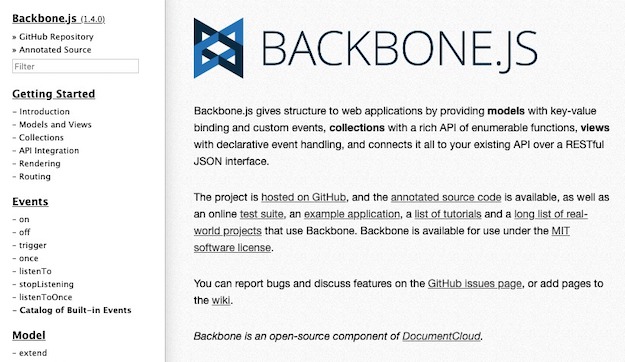
Backbone.js is React.js development framework. It provides the structure needed for web applications by providing patterns with key-value bindings and custom events. Additionally, it is lightweight and allows you to choose the right tool for your project. This makes it the best option for projects with a full layout.
Additionally, Backbone.js allows developers to easily build single-page applications, due to its minimalist method and its emphasis on simplicity. Its modular design allows developers to use only the resources they need. Furthermore, it reduces unnecessary bloat and improves performance. Moreover, Backbone.js integrates seamlessly with other libraries and frameworks. This offers compatibility with a wide range of development environments.
Conclusion
We have discussed top React.js Frameworks above, we hope this will help you in selecting one that fits best with your needs. All these React.js frameworks will make the development process easy and efficient. By utilizing any of these frameworks developers can accelerate development, improve compliance, and deliver exceptional user experiences.

